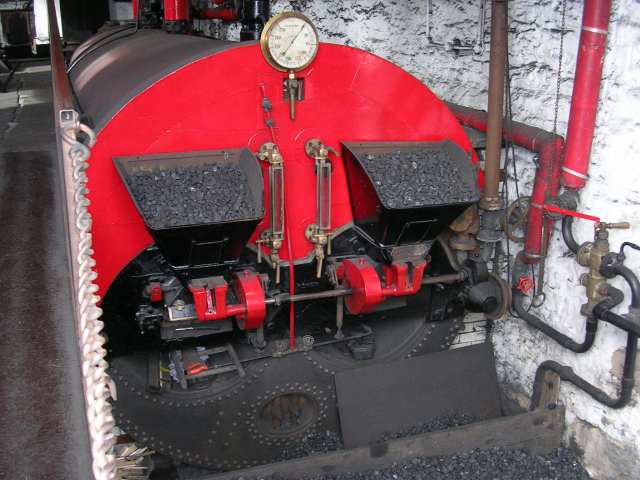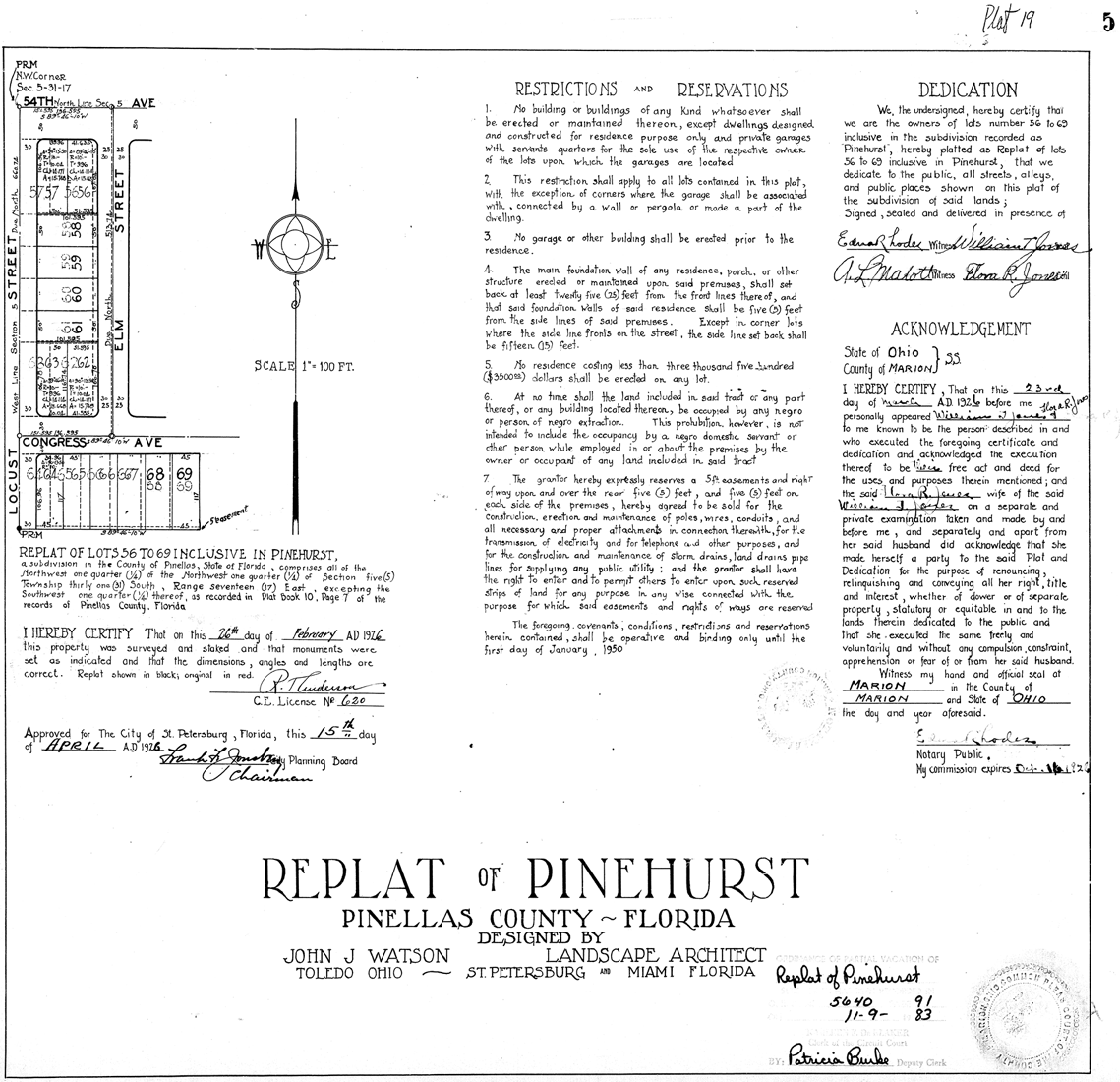|
Waldorf Playing Fields
The Waldorf Playing Fields are three fields adjacent to Matley Lane in Hyde, Tameside. History The playing field was donated to the people of the Borough of Hyde for recreation by Newton Mill Ltd. in 1973, but had a covenant restricting their use as a "recreation ground for the use of the residents of Hyde". The Borough of Hyde was incorporated into the Metropolitan Borough of Tameside on 1 April 1974 under the Local Government Act 1972. In 1986 Tameside became a unitary authority with the abolition of the Greater Manchester County Council The Greater Manchester County Council (GMCC) was the top-tier local government administrative body for Greater Manchester from 1974 to 1986. A strategic authority, with responsibilities for roads, public transport, planning, emergency services .... The fields are currently subject to a dispute regarding their future use. Tameside Council is proposing the sale of two of the fields, subject to the lifting of the covenant. There is a loca ... [...More Info...] [...Related Items...] OR: [Wikipedia] [Google] [Baidu] |
Hyde, Greater Manchester
Hyde is a town in Tameside, Greater Manchester, England, which had a population of 34,003 in 2011. Historically in Cheshire, it is northeast of Stockport, west of Glossop and east of Manchester. History Early history Newton Hall was present in the thirteenth century. The area formed a township of the parish of St Mary, Stockport. Its name is derived from the '' Hide'', a measure of land for taxation purposes, taken to be that area of land necessary to support a peasant family. In later times it was taken to be equivalent to . In the late 18th century the area that was to become the town centre was no more than a cluster of houses known as Red Pump Street. Gee Cross was much larger and 'Hyde' was still only used to refer to the estates of Hyde Hall on the banks of the River Tame. Altogether there were only 3,500 inhabitants in the district in 1801. The town is largely a creation of the 19th century and the Industrial Revolution. Industrial Revolution The population of Hyd ... [...More Info...] [...Related Items...] OR: [Wikipedia] [Google] [Baidu] |
Tameside
The Metropolitan Borough of Tameside is a metropolitan borough of Greater Manchester in England. It is named after the River Tame, Greater Manchester, River Tame, which flows through the borough, and includes the towns of Ashton-under-Lyne, Audenshaw, Denton, Greater Manchester, Denton, Droylsden, Dukinfield, Hyde, Greater Manchester, Hyde, Mossley and Stalybridge. Its western border is approximately east of Manchester city centre. Tameside is bordered by the metropolitan boroughs of Metropolitan Borough of Stockport, Stockport and Metropolitan Borough of Oldham, Oldham to the south and north respectively, the city of Manchester to the west and the borough of High Peak, Derbyshire, High Peak in Derbyshire to the east across Longdendale. the overall population was 219,324. It is also the 8th-most populous borough of Greater Manchester by population. The history of the area extends back to the Stone Age. There are over 300 listed buildings in Tameside and three Scheduled Ancien ... [...More Info...] [...Related Items...] OR: [Wikipedia] [Google] [Baidu] |
Borough
A borough is an administrative division in various English-speaking countries. In principle, the term ''borough'' designates a self-governing walled town, although in practice, official use of the term varies widely. History In the Middle Ages, boroughs were settlements in England that were granted some self-government; burghs were the Scottish equivalent. In medieval England, boroughs were also entitled to elect members of parliament. The use of the word ''borough'' probably derives from the burghal system of Alfred the Great. Alfred set up a system of defensive strong points (Burhs); in order to maintain these particular settlements, he granted them a degree of autonomy. After the Norman Conquest, when certain towns were granted self-governance, the concept of the burh/borough seems to have been reused to mean a self-governing settlement. The concept of the borough has been used repeatedly (and often differently) throughout the world. Often, a borough is a single town with ... [...More Info...] [...Related Items...] OR: [Wikipedia] [Google] [Baidu] |
Covenant (law)
A covenant, in its most general sense and historical sense, is a solemn promise to engage in or refrain from a specified action. Under historical English common law, a covenant was distinguished from an ordinary contract by the presence of a seal. Because the presence of a seal indicated an unusual solemnity in the promises made in a covenant, the common law would enforce a covenant even in the absence of consideration. In United States contract law, an implied ''covenant'' of good faith is presumed. A covenant is an agreement like a contract. The covenantor makes a promise to a covenantee to perform an action ''(affirmative covenant'' in the United States or ''positive covenant'' in England and Wales) or to refrain from an action (negative covenant). In real property law, the term ''real covenants'' means that conditions are tied to the ownership or use of land. A "covenant running with the land", meeting tests of wording and circumstances laid down in precedent, imposes duti ... [...More Info...] [...Related Items...] OR: [Wikipedia] [Google] [Baidu] |
Metropolitan Borough
A metropolitan borough (or metropolitan district) is a type of local government district in England. Created in 1974 by the Local Government Act 1972, metropolitan boroughs are defined in English law as metropolitan districts within metropolitan counties. All of the metropolitan districts have been granted or regranted royal charters giving them borough status (and in some cases, they also have city status).Local Government Act 1972, Schedule I, Part I, Metropolitan Counties and Metropolitan Districts Metropolitan boroughs have been effectively unitary authority areas since the abolition of metropolitan county councils by the Local Government Act 1985.Local Government Act 1985 c.51 Metropolitan boroughs pool much of their authority in joint boards and other arrangements that cover whole metropolitan counties, such as city regions or combined authorities, with most of the latter having a metro mayor. History London metropolitan boroughs (1900–1965) The term "metropolitan boro ... [...More Info...] [...Related Items...] OR: [Wikipedia] [Google] [Baidu] |
Local Government Act 1972
The Local Government Act 1972 (c. 70) is an Act of the Parliament of the United Kingdom that reformed local government in England and Wales on 1 April 1974. It was one of the most significant Acts of Parliament to be passed by the Heath Government of 1970–74. Its pattern of two-tier metropolitan and non-metropolitan county and district councils remains in use today in large parts of England, although the metropolitan county councils were abolished in 1986, and both county and district councils have been replaced with unitary authorities in many areas since the 1990s. In Wales, too, the Act established a similar pattern of counties and districts, but these have since been entirely replaced with a system of unitary authorities. Elections were held to the new authorities in 1973, and they acted as "shadow authorities" until the handover date. Elections to county councils were held on 12 April, for metropolitan and Welsh districts on 10 May, and for non-metropolitan distri ... [...More Info...] [...Related Items...] OR: [Wikipedia] [Google] [Baidu] |
Greater Manchester County Council
The Greater Manchester County Council (GMCC) was the top-tier local government administrative body for Greater Manchester from 1974 to 1986. A strategic authority, with responsibilities for roads, public transport, planning, emergency services and waste disposal, it was composed of 106 directly elected members drawn from the ten metropolitan boroughs of Greater Manchester. The Greater Manchester County Council shared power with ten lower-tier district councils, each of which directed local matters. It was also known as the Greater Manchester Council (GMC) and the Greater Manchester Metropolitan County Council (GMMCC). Established with reference to the Local Government Act 1972, elections in 1973 brought about the county council's launch as a shadow authority, several months before Greater Manchester (its zone of influence) was officially created on 1 April 1974. The Greater Manchester County Council operated from its County Hall headquarters on Portland Street in central Manch ... [...More Info...] [...Related Items...] OR: [Wikipedia] [Google] [Baidu] |
Geography Of Tameside
Geography (from Greek: , ''geographia''. Combination of Greek words ‘Geo’ (The Earth) and ‘Graphien’ (to describe), literally "earth description") is a field of science devoted to the study of the lands, features, inhabitants, and phenomena of Earth. The first recorded use of the word γεωγραφία was as a title of a book by Greek scholar Eratosthenes (276–194 BC). Geography is an all-encompassing discipline that seeks an understanding of Earth and its human and natural complexities—not merely where objects are, but also how they have changed and come to be. While geography is specific to Earth, many concepts can be applied more broadly to other celestial bodies in the field of planetary science. One such concept, the first law of geography, proposed by Waldo Tobler, is "everything is related to everything else, but near things are more related than distant things." Geography has been called "the world discipline" and "the bridge between the human and th ... [...More Info...] [...Related Items...] OR: [Wikipedia] [Google] [Baidu] |




.png)